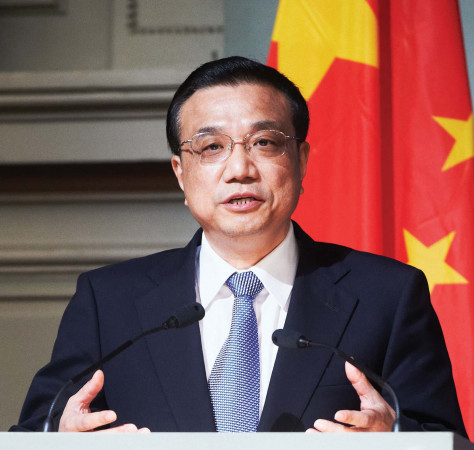China’s economic fortitude will sustain the global economy in 2022
By Stephen.Ndegwa, March 17, 2022The recent setting of China’s economic growth at 5.5 percent during the end of the annual meeting of the National People’s Congress on March 11 has elicited a lot of responses from economic experts the world over. But while some experts have poured cold water on what they claim is an ambitious projection given the current COVID-19 pandemic surge in the country, strained global economic recovery, and eruption of the Russia-Ukraine war, there is growing consensus around the fact that China has done it before, and this time will not be an exception.
Sino optimists recall the fact that China was the only major economy to record positive economic growth at the peak of the COVID-19 pandemic in 2020, including eradicating extreme poverty at the end of the same year. Now, the stakes are even higher as the country embarks on its second centenary goal of developing into a great modern socialist country in all respects by the middle of the century.
While some of the internal and external economic indicators pose a challenge, the leadership under the Communist Party of China is confident that its governing principles of hard work will come in handy to achieve the benchmark. For instance, while the government has been criticized for relentlessly pursuing the country’s zero-COVID strategy, the latter has actually been a boon in sustaining both the high production and consumption levels.
Pursuance of the 5.5 percent economic growth will release a gust of economic activity that will reverberate around the world. As the country ramps up its trade and industrial regime at home, the ripple effect will be felt globally on the changing socio-economic foundation as the old structures eventually weaken and collapse.
In an area like green development, for instance, clean energy technologies are proliferating as countries work towards achieving carbon neutral status in the next few decades. This is a vast market. According to statistics, China is the leading manufacturer of the three top clean technologies. In 2019, the country manufactured over 70 percent of the world’s solar photovoltaics, as well as the highest number of lithium ion battery cells used in electric vehicles.

A rich China is definitely the best news for developing countries, particularly those that are development partners. It means that there will be more resources for building infrastructure projects abroad both bilaterally and internationally. While individual countries will benefit from Chinese funded projects, the construction of Belt and Road infrastructural projects is a boon for economies that were operating from the periphery.
Another emerging front in China’s grand economic march is the increasing acceptance that its currency, the Yuan, might soon rival the United States dollar as an international foreign exchange currency. Already, some countries have seen the signs of the times and are considering operating within two systems, rather than rely on one that could lead to a total collapse of their economies if anything drastic happens to the dollar. In a classic example, leading oil producer Saudi Arabia is mulling selling its oil quota to China exclusively using the Yuan instead of the dollar. This announcement on March 15 buoyed the Yuan in the forex markets due to the prospects that the Chinese currency is an absolutely viable option in transacting international trade.
Experts say that this is not an overnight move, but the current U.S. behavior towards Russia in its ongoing war with Ukraine could have acted as a catalyst for Saudi to ensure that its economy is immune to sanctions or sabotage. If this is effected, it is naturally expected that other members of the Organization of the Petroleum Exporting Countries will follow suit.
The end game is to internalize the Yuan by merging both domestic and foreign account systems and markets. This gradual integration of the Chinese currency into the global supply chains will lift the economies of poor economies by using a “friendly” currency and exchange rate.
There also seems to be a modicum of a return to amiable trade relations between China and the U.S. Having shot themselves in the foot, the superpower is agreeable to talks on rescinding the ban on Chinese-listed companies in the U.S. In discussing specific cooperation plans, China will definitely seek certain concessions and guarantees that will gird its position and help it get maximum advantage of the largest economy.
But the most reassuring thing is the stated commitment by the Chinese government that it will not hesitate to shore up the country’s economy in currently fragile sectors like both the property and capital markets. This reassurance is as good as money in the bank for investors.
At this rate, there is no gainsaying that China is poised to be the leading global economy predictably by the end of this decade. While all the economic fundamentals are looking up for the second largest economy, the leading economy is undergoing both internal and external shocks which a weakening dollar will finally put asunder.
